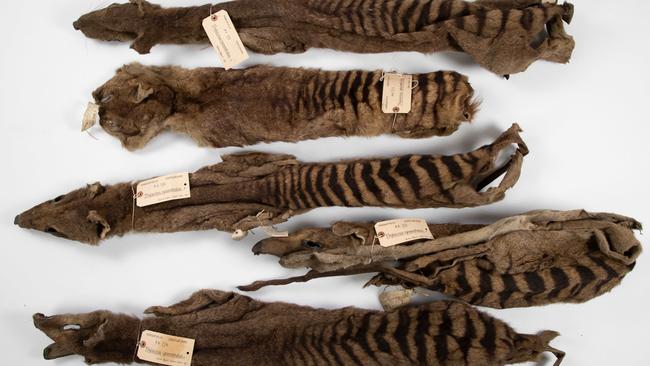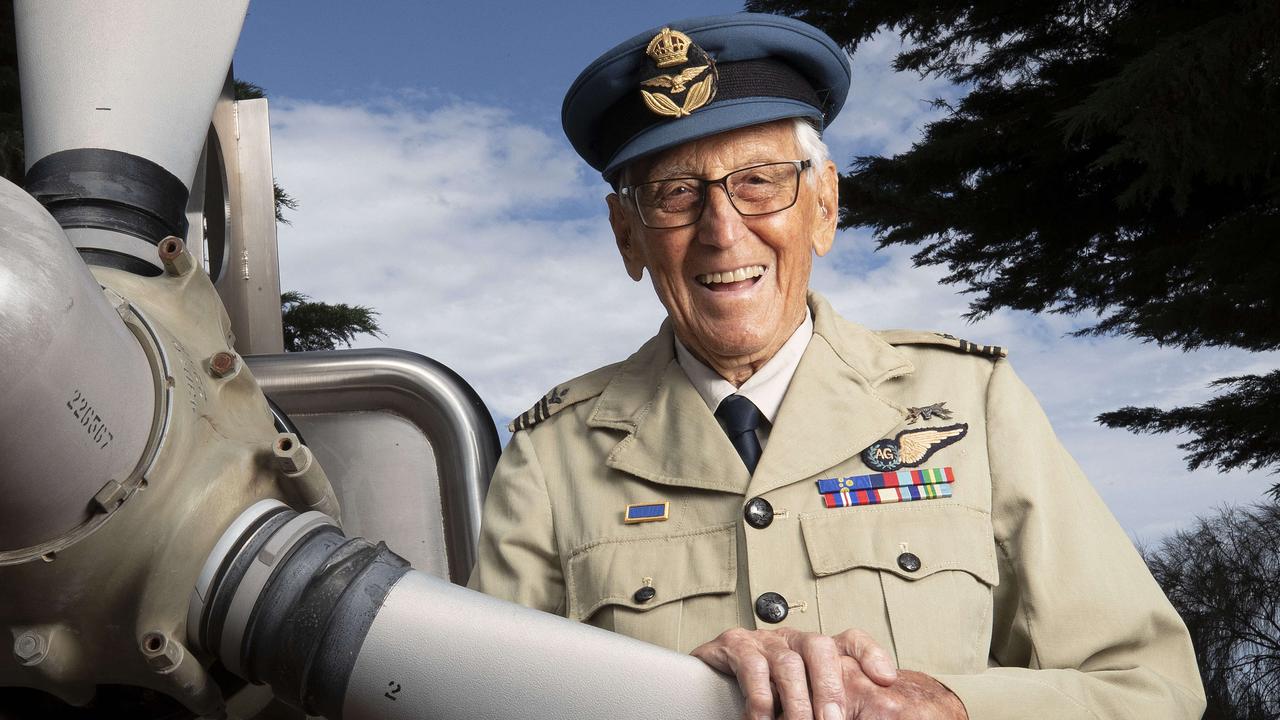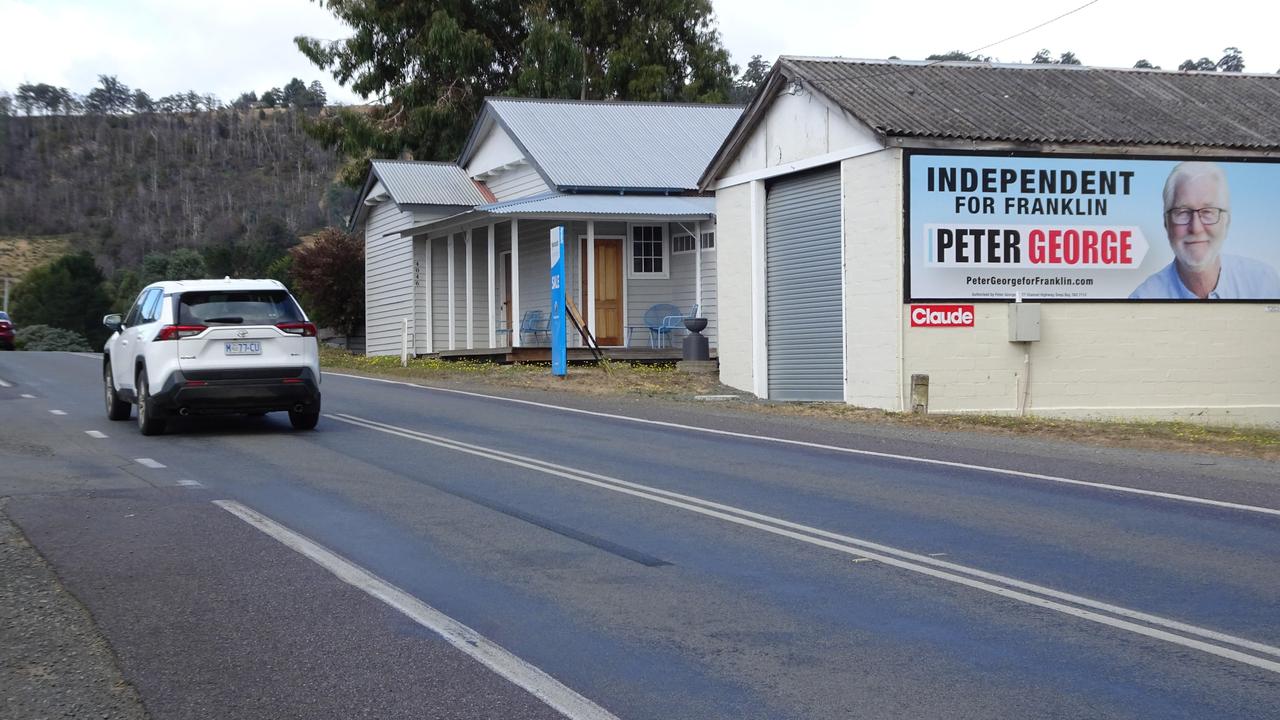Cambridge University research uncovers Tasmanian coloniser Morton Allport traded Aboriginal remains for accolades
The University of Cambridge has uncovered new research on a prominent Tasmanian coloniser – who has a museum named after his family – exposing his involvement in the mutilation of Aboriginal man William Lanne, prompting calls to change the name of the museum.

Tasmania
Don't miss out on the headlines from Tasmania. Followed categories will be added to My News.
New research which has unearthed evidence of a prominent Tasmanian coloniser’s involvement in mutilating the body of an Aboriginal man has prompted calls to review the name of one of the state’s prominent museums.
University of Cambridge’s Museum of Zoology assistant director Jack Ashby’s research has found Morton Allport, a Hobart solicitor and naturalist, identified himself as the principal trader of Tasmanian Aboriginals and thylacine remains in historical letters.
The letters show he mutilated the body of William Lanne and traded Aboriginal remains for scientific accolades at prestigious European institutions.
“Allport’s letters show he invested heavily in developing his scientific reputation – particularly in gaining recognition from scientific societies – by supplying human and animal remains from Tasmania in a quid pro quo arrangement, rather than through his own scientific endeavours,” Dr Ashby said.

“Early British settlers considered both thylacines and Tasmanian Aboriginal people to be a hindrance to colonial development – and the response was institutionalised violence with the intended goal of eradicating both.”
Letters written by Allport to Australian and European correspondents implicated his involvement in mutilating the body of Mr Lanne, who was considered the last Tasmanian Aboriginal man at the time of his death in 1869.
While it’s widely known that former state Premier William Crowther mutilated and stole Mr Lanne’s skull to send to London, Allport’s role was barely explored until now.
![1872 Letter from Morton Allport to craniologist Joseph Barnard Davis. Highlighted text reads, I can assure you that I took no small trouble to see that the bones were disinterred from only from a sp[ot?] where none but Aborigines were buried. Credit: Allport Library and Museum, State Library of Tasmania: Letterbooks of Morton Allport (excerpt from letter to Davis 10/7/1872), ALL19/1/4](https://content.api.news/v3/images/bin/faabe3b9d407c17bd20d9c823817b879?width=650)
Dr Ashby’s research reveals Allport had instructed medical officer George Stokell to remove Lanne’s hands and feet after learning his skull had been stolen.
After exhuming Mr Lanne’s body, Mr Stokell removed and stole his bones.
Aboriginal Land Council of Tasmania chairman Michael Mansell said the research will add to the body of information of the savage treatment of Aboriginal people by colonisers.
“Peoples of the world whose people died were given a normal burial ceremony. But with Aboriginal people, we were treated differently. We were seen as savages by people who themselves are savages and treated us in a very savage manner,” he said.
Last year, Hobart City Council voted to remove a colonial statue of Crowther.
Libraries Tasmania’s Allport Library and Museum of Fine Arts, named after the Allport family as a memorial, hosts Tasmanian colonial paintings, photographs, rare books, manuscripts and decorative arts and furniture.

“If the Allport family did something today that was credible and worthy of recognition, that’s one thing. But if the Allport name is prominent because of what happened in the 1800s and early 1900s that’s an entirely different matter,” Mr Mansell said.
“You shouldn’t have an Allport Museum, if Allport in fact had gone around trying to cut up Aboriginal people and donate the remains of our ancestors to institutions overseas for his own personal benefit.
“If the research is valid, then all associations that have elevated into prominence (because of) the name Allport, should be reviewed by libraries, museums, and everybody, including the government.”
The Mercury contacted Libraries Tasmania for comment.

Out of the five Aboriginal remains Allport sent to Europe, none were sent to the University of Cambridge.
But Allport sent a collection of thylacines to the University which represents the UK’s biggest collection of the species to originate from a single person.
“I can no longer look at these thylacine skins without thinking of the human story they relate to,” Dr Ashby said.
“It shows how natural history specimens aren’t just scientific data – they also reflect important moments in human history, much of which was tragically violent.”




